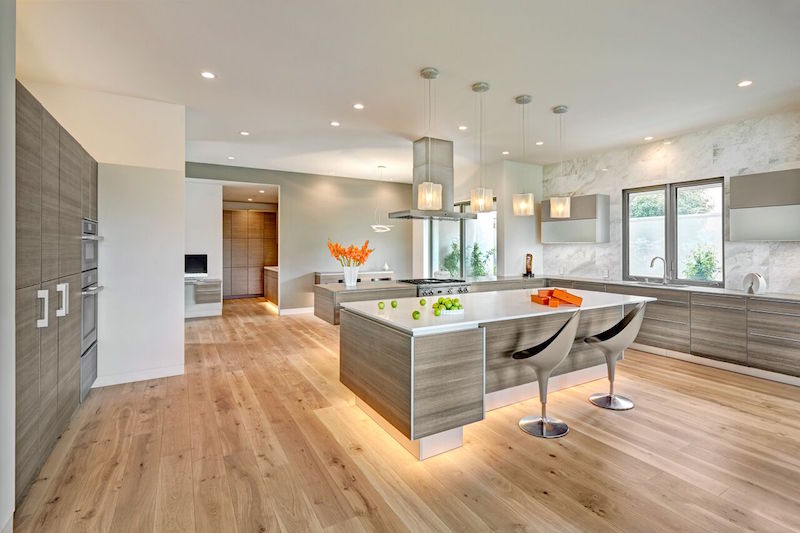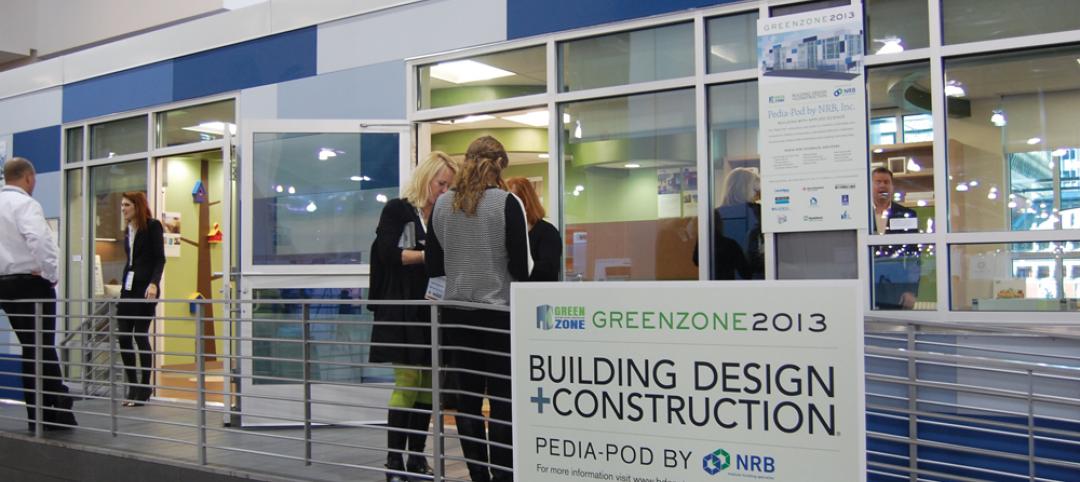The traditional kitchen has lost some of its metaphorical luster in recent years as, according to the 2017 Kitchen & Bath Design Trends Report, contemporary-styled kitchens have overtaken traditional to become the second-most popular North American kitchen design.
According to respondents, in addition to contemporary kitchens surpassing traditional kitchens, two-toned colored kitchens and kitchens equipped with more technology are also two trends currently on the rise.
Based on the survey, the NKBA created a list of the top 10 overall kitchen trends it expects to see for 2017.
- Clean lines, built-ins and simple door styles dominate kitchen designs. Contemporary- styled kitchens overtake Traditional to be the second most popular design after Transitional. Emerging: Industrial and Mid Century Modern. Mountain Modern and Coastal are variations on Contemporary.
- White and gray painted cabinets dominate kitchen color schemes and show no signs of slowing down, especially gray. Blue painted and high gloss cabinets are emerging. For overall color schemes, blue as well as black are emerging.
- Two-toned kitchens are gaining in popularity. Also mixing it up: materials and metals, across surfaces and as accents.
- While wood cabinets dominate kitchen designs, metal --currently a small segment of the cabinet market -- appears to be emerging. Metal cabinets are most frequently specified by younger and male designers.
- Furniture-look pieces, rollouts and pullouts and under cabinet lighting (LED) are among the most popular kitchen cabinet features. Use of crown molding is declining. Rustic and reclaimed woods were frequently mentioned.
- Quartz is the most popular kitchen countertop material, and trending up. Granite, the second most popular countertop material, is trending down.
- Induction cooktops and convection ovens are trending higher, and microwave drawers are outpacing freestanding or built-in microwaves. Steam ovens still represent a small segment of the market, but are also trending higher.
- Use of technology in the kitchen is increasing. About one third of NKBA professionals included wiring and pathways for future tech integration. Also trending upwards: more Internet connected appliances and docking stations.
- Interior barn and pocket doors in kitchens are trending up.
- Accessible and/or universal design features continue to trend up for kitchens.
The report and subsequent trends were generated with information from 562 responses to the 2017 Kitchen & Bath Design Trends survey that was sent out to National Kitchen and Bath Association (NKBA) members in August 2016.
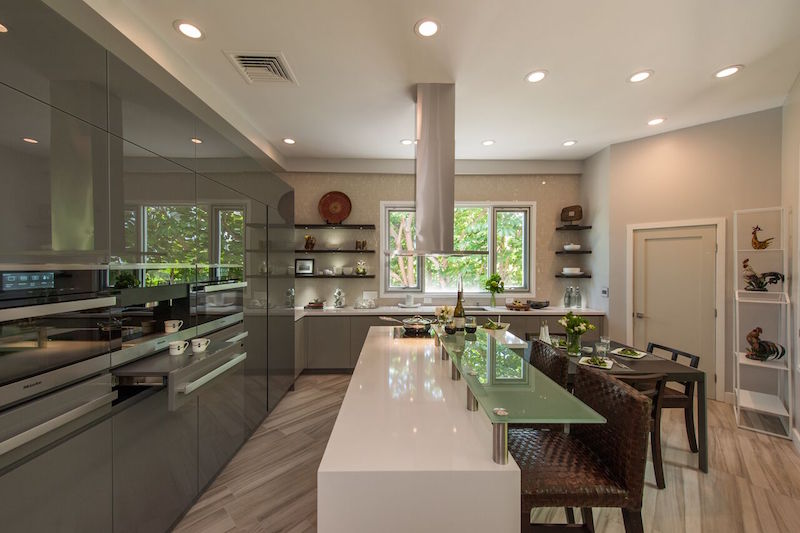 Designer: Dedra Hinano Nahinu, CKD, Inspiration Interiors. Photo: Augie Salbosa.
Designer: Dedra Hinano Nahinu, CKD, Inspiration Interiors. Photo: Augie Salbosa.
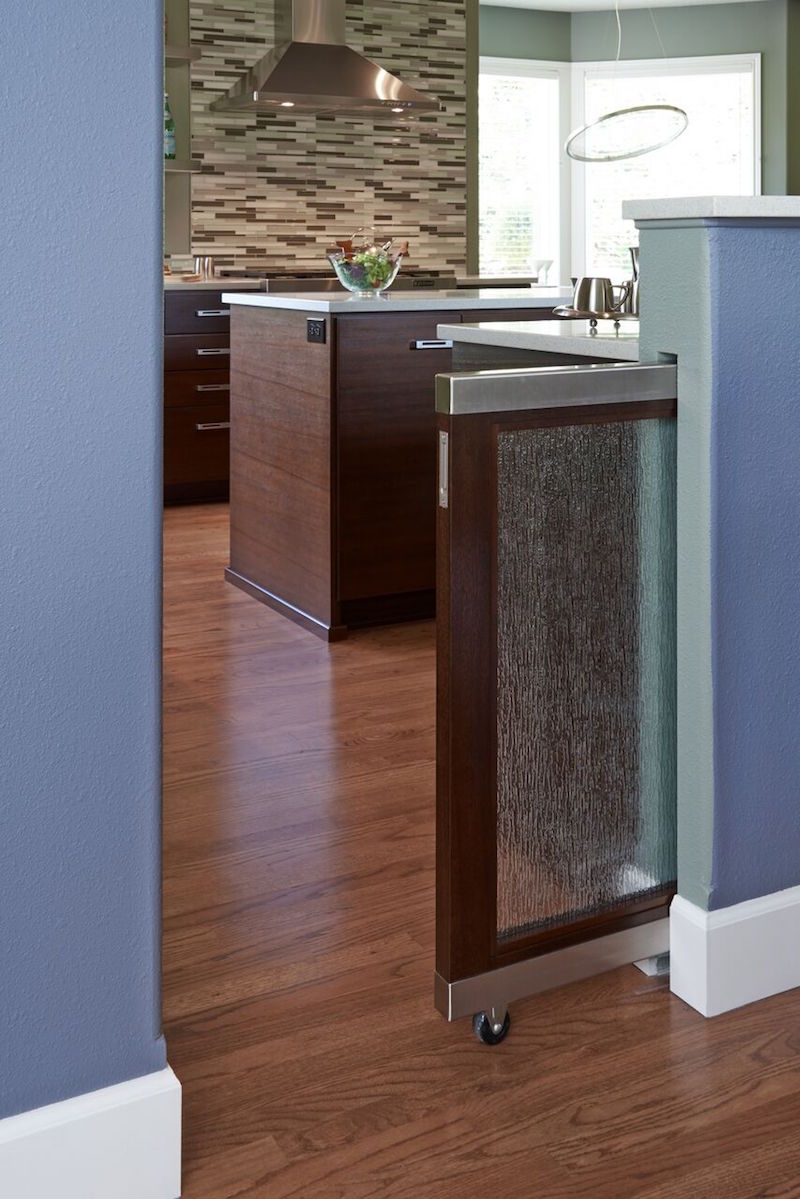 Designer: Robin R. Fisher, CMKBD, CAPS, Robin Rigby Fisher Design. Photo: Dale Lang.
Designer: Robin R. Fisher, CMKBD, CAPS, Robin Rigby Fisher Design. Photo: Dale Lang.
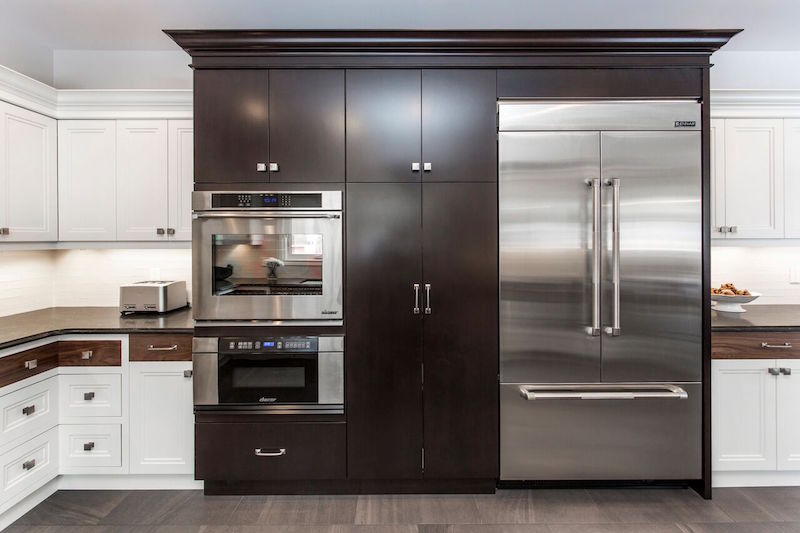 Designer: Cassandra Nordell-MacLean, William Standen Co. Photo: Gerald Mabee.
Designer: Cassandra Nordell-MacLean, William Standen Co. Photo: Gerald Mabee.
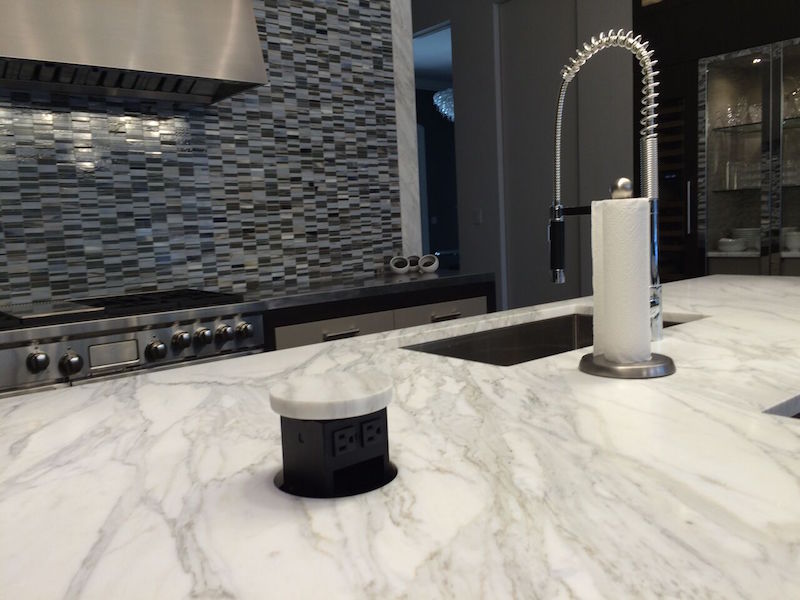 Designer: Leslie Lamarre, CKD, CID, TRG Architecture + Interior Design. Photo: Bernard Andre.
Designer: Leslie Lamarre, CKD, CID, TRG Architecture + Interior Design. Photo: Bernard Andre.
Related Stories
| Dec 16, 2013
Why employees don’t trust their leaders
Trust, one of the key elements to productive business relationships, is in short supply these days. An Associated Press-GfK poll discovered that only one-third of Americans say most people can be trusted and nearly two-thirds says “you can’t be too careful” in dealing with people.
| Dec 16, 2013
Construction materials prices remain stable in November
Overall, construction materials prices fell 0.5 percent in November and are up only 1.1 percent year over year, according to the Department of Labor’s Dec. 13 Producer Price Index.
| Dec 16, 2013
Helene Combs Dreiling, FAIA, inaugurated 2014 AIA President
Helene Combs Dreiling, FAIA, executive director of the Virginia Center for Architecture, was inaugurated as the 90th president of the American Institute of Architects (AIA) during ceremonies held on December 12th at the Andrew W. Mellon Auditorium. She succeeds Mickey Jacob, FAIA, in representing nearly 83,000 AIA members.
| Dec 13, 2013
GRW acquires West Virginia design firm Chapman Technical Group
GRW is expanding its capabilities through the recent acquisition of Chapman Technical Group, a 36-person West Virginia-based firm.
| Dec 13, 2013
Safe and sound: 10 solutions for fire and life safety
From a dual fire-CO detector to an aspiration-sensing fire alarm, BD+C editors present a roundup of new fire and life safety products and technologies.
| Dec 13, 2013
AIA, MIT issue joint report on impact of design on public health
The research looks at the health of eight U.S. cities and lays out a path for translating the research into meaningful findings for policy makers and urban planners.
| Dec 11, 2013
Wyndham unveils hotel prototype for its Hawthorn Suites chain
The extended-stay hotel prototype reduces development costs by 46% for franchisees and enhances the overall guest experience.
| Dec 10, 2013
16 great solutions for architects, engineers, and contractors
From a crowd-funded smart shovel to a why-didn’t-someone-do-this-sooner scheme for managing traffic in public restrooms, these ideas are noteworthy for creative problem-solving. Here are some of the most intriguing innovations the BD+C community has brought to our attention this year.
| Dec 10, 2013
Modular Pedia-Pod: Sustainability in healthcare construction [slideshow]
Greenbuild 2013 in Philadelphia was the site of a unique display—Pedia-Pod, a modular pediatric treatment room designed and built by NRB, in collaboration with the editors of Building Design+Construction, SGC Horizon LLC, and their team of medical design consultants.
| Dec 9, 2013
Tips for designing higher education's newest building type: the learning commons
In this era of scaled-down budgets, maximized efficiencies, new learning methods and social media’s domination of face time, college and university campuses are gravitating toward a new space type: the learning commons.


